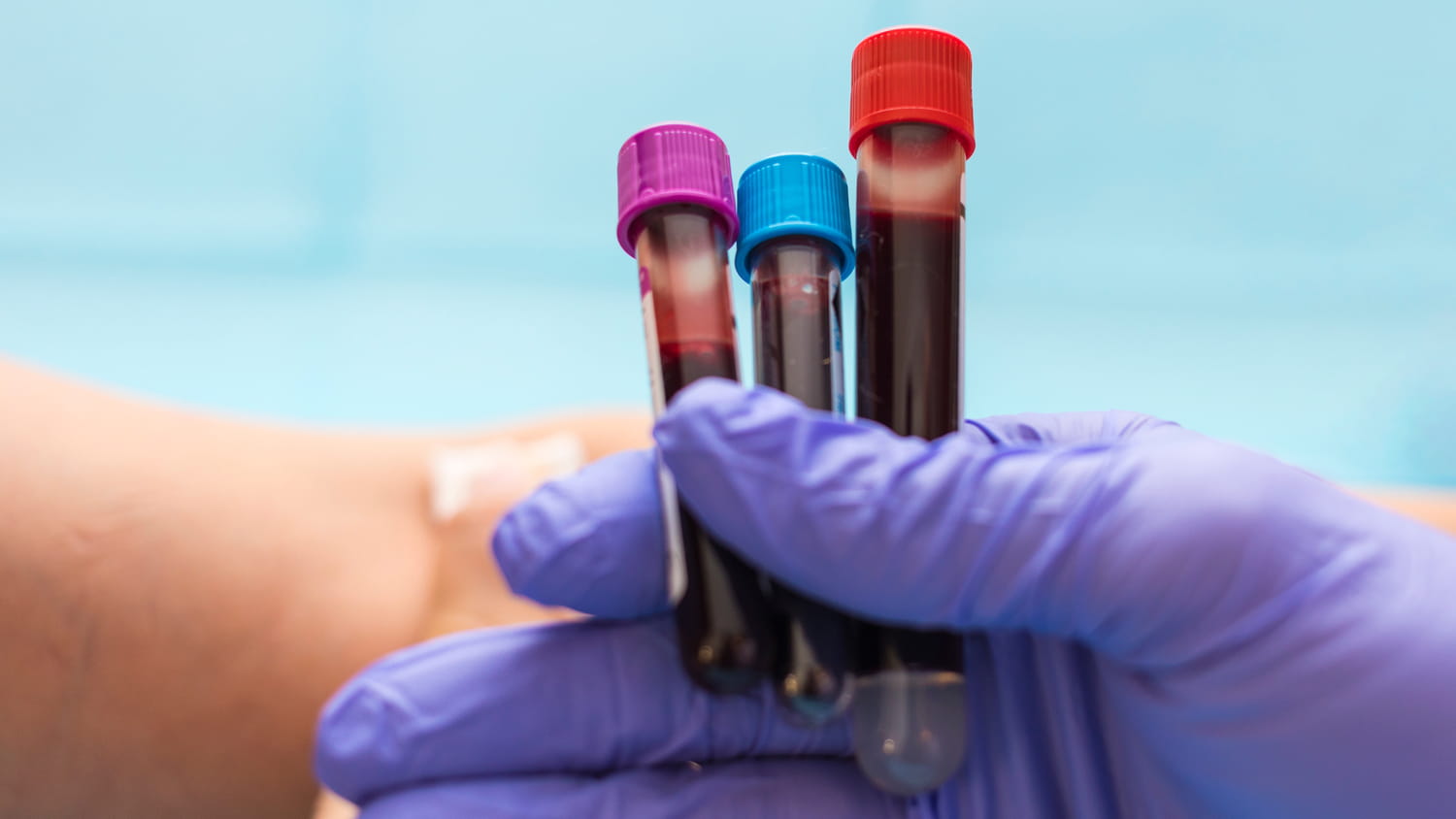The erythrocyte sedimentation rate (ESR) is one of the routine tests carried out during a blood test. In November 2025, the HAS recommended no longer prescribing it.
It is a key marker of inflammation analyzed for several years which no longer makes sense today, according to the High Authority of Health (HAS). In a press release dated November 17, 2025, the authority recommends no longer prescribe this “old” and “less and less frequent” examination. This assessment was requested by the National Union of Health Insurance Funds (UNCAM). For good reason, the analysis of the sedimentation rate represented in 2023 nearly sixteen million procedures reimbursed by Health Insurance, for an amount of twelve million euros. If the exam is prescribed, it may no longer be reimbursed.
Definition: what is the sedimentation rate?
The sedimentation rate measures how quickly red blood cells in a blood sample settle to the bottom of a tube. This measurement is used in the exploration of inflammatory processes (giant cell arteritis/pseudo-polyarthritis, systemic lupus, rheumatoid arthritis, juvenile idiopathic arthritis, Hodgkin’s lymphoma, multiple myeloma), but also in routine examination in asymptomatic patients.
What are the normal values for sedimentation rate?
The sedimentation speed is expressed in height of sedimented cells: the measurement is carried out after one hour and two hours. It is carried out in millimeters of deposit.
► In womenthe sedimentation rate at the first hour must be between 4 mm and 8 mm. Sedimentation rate at the 2nd hour must be less than 20 mm. The sedimentation rate increases physiologically with age and during pregnancy.
► In humansthe normal sedimentation rate, in the first hour, should be between 3 mm and 6 mm.
What causes a high sedimentation rate?
It is advisable to come outside of your period and on an empty stomach for the dosage.
An increase in erythrocyte sedimentation rate is not specific for a particular disease. The sedimentation rate is increased and accelerated in several diseases such as
- THE bacterial infections,
- parasitoses,
- anemia,
- obesity,
- hypercholesterolemia,
- hypertriglyceridemia,
- inflammatory diseases,
- hypergammaglobulinemia,
- renal failure,
- heart failure,
- nephrotic syndrome
Anti-inflammatory medications can increase the sedimentation rate. Cancer diseases are often accompanied by an increase in the sedimentation rate.
What causes a low sedimentation rate?
It is much rarer to experience a drop in sedimentation rate. The causes of a drop in sedimentation rate include a polycythemia (too high number of red blood cells), cryoglobulinemia, hyperleukocytosis (too high number of white blood cells), blood hyperviscosities, hemolytic anemia or even hemoglobinopathies.
When should you be concerned about an abnormal erythrocyte sedimentation rate?
The sedimentation rate is classically calculated during routine assessment and it is not uncommon to find it increased accidentally without any symptoms being present. A careful history and clinical examination are necessary, as well as other complementary examinations. If no cause is found, a check-up a few weeks later is useful to reassure yourself or see if a pathology has evolved in the meantime. A simple temporary infection can be the cause of an increase in sedimentation rate and this should not give rise to concern when isolated. A simple check can quickly reassure you. It is advisable to come outside of menstruation and on an empty stomach for the dosage of the sedimentation rate.








